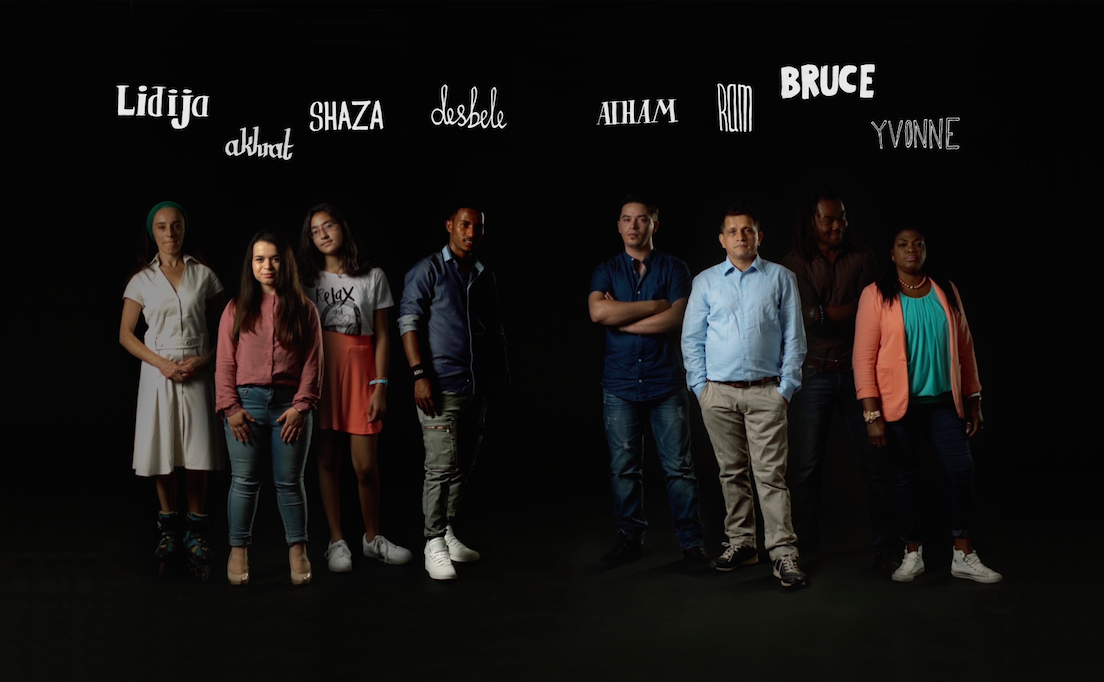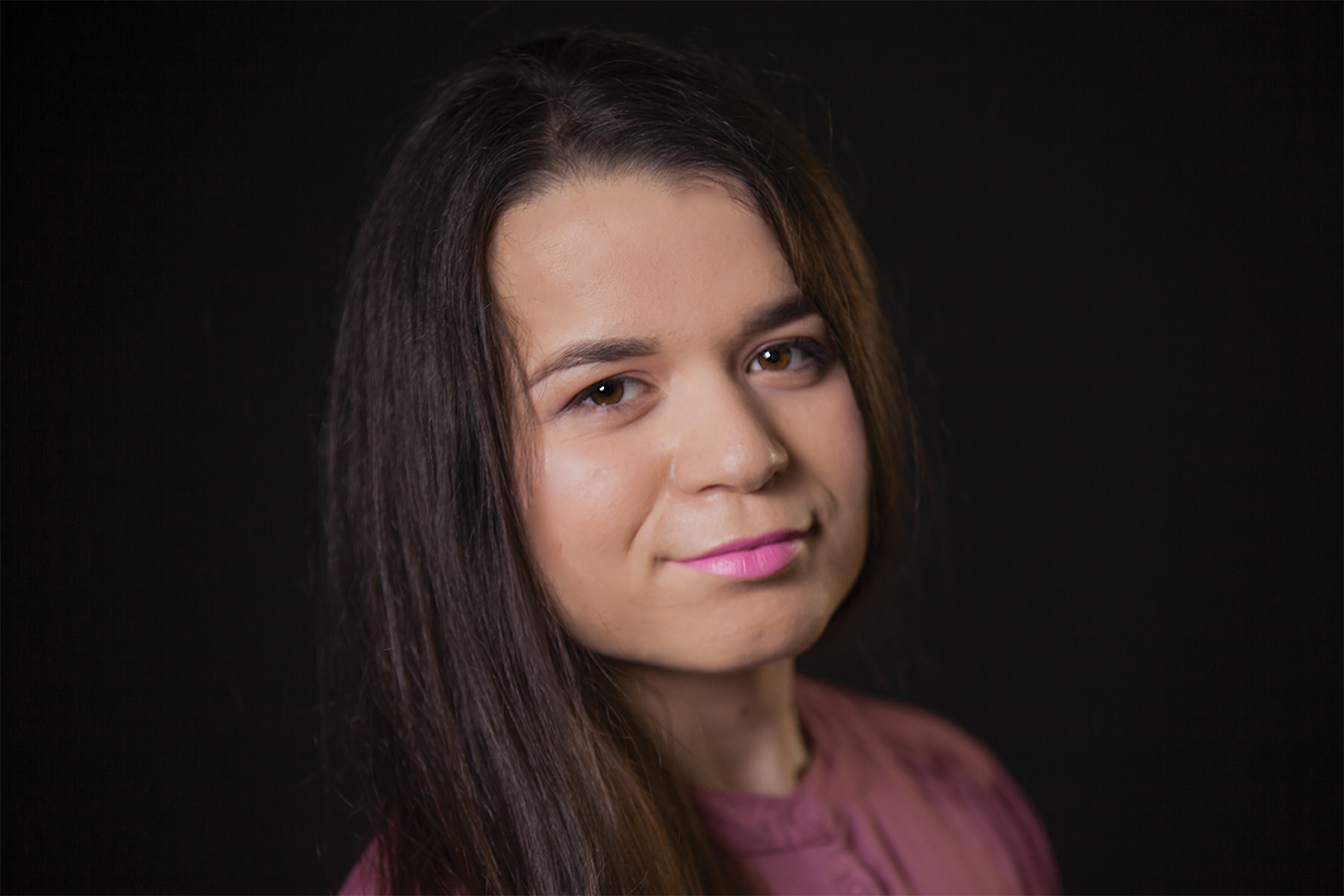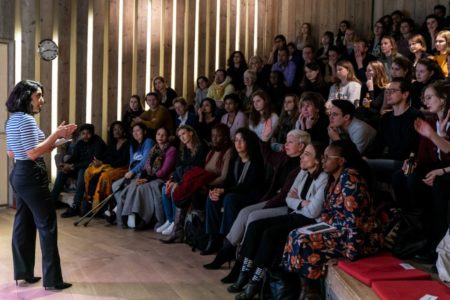What does peace look like? Four graduating photography students from the Royal Academy of Art, The Hague have been examining this question since September. Peace has reigned in the Netherlands since the end of World War II. But what does ‘peace’ mean in a society that seems to be growing more polarized? And what does peace look like for individuals? The students reflected on this and explored what peace symbolizes for them. The exhibition ‘I See Peace’ is the outcome of this search.
Each student came up with an individual answer to the questions: what does peace look like and how can you experience it? For example, Daniël wonders whether the configuration of the Dutch landscape and the placing of asylum seekers in it contributes to peaceful coexistence. Maya finds peace under water, where everything goes slowly, colours blur, and time seems to stand still. Marwan translates the story of a humanitarian sultan from 1850 to today. How could he inspire us? Malou questions whether people are naturally good or bad and seeks the answer in countless baby portraits. Although the appearance of peace varies across the world, the four artists show that it cannot be taken for granted. Rather, it is something to be worked on.
Register for the opening event on 19 December.
The Ghost of The Sultan – MARWAN BASSIOUNI
By mixing color and black and white, digital and analog photography, I would like to bring the compassionate story of the 19th century Ottoman Sultan Abdelmajid I (1823-1861) into our present time. Considering numerous ideas we have about the muslim religion today I wanted to create a reminder that the essence of the religion of Islam should be – and always has been – peace. The word ‘Islam’ (السلام) actually comes from the same root word as ‘peace’.
Sultan Abdelmajid I may symbolize this peaceful essence. During his rule of the Ottoman Empire he undertook numerous reforms in favor of peaceful coexistence and equal rights for muslims and non-muslims. Noteworthy of his humanitarian approach is the great compassion he showed when donating a very large sum of aid money to the Irish during the Great Famine (1845-1850).
Chances Are – Malou Bumbum
During the summer I found myself worried, both about us human beings, and our environment. At the same time my sister gave birth to my niece. I was present while she was coming into this world. I couldn’t stop thinking about how her future would evolve, and what kind of a human she might become.
I believe we are all born with kindness; we are capable of being good, wanting peace and being kind to one another. But there is no denying that we are all capable of being evil, doing bad things and hurting one another. Some say we are born with both these elements, some say that it is something we learn through our society and environment.
I asked my sister what she was most scared of, that her daughter might grow up to experience: “I fear that my children will feel forced to fit into the boxes that our society creates.” From that starting point, I asked different parents from various countries the same question.
Migration from above (The bureaucracy of the landscape) – Daniël Siegersma
Migration from Above is an examination on how Asylum Seekers’ Centers are placed in the Netherlands. Is our way of placing refugees in the Netherlands similar to the way in which we design the land?
Someone once told me that in order to reflect on your own country you need a mountain. Since we do not have any mountains here, I decided to send my camera into the sky. By looking from above, you are looking from a safe-zone; Less involvement, less obligations, less faces, less emotions. You are looking at design, order and practical harmony.
What is still, what still is – Maya van Wingerden
In times where efficiency and speed seem to be predominant, I enjoy spending time underwater. This place, where light diffracts in a different manner, motion is delayed and colors get less distinct. However the sea continuously moves around me, I feel motionless and lose track of time.
I think it’s safe to say that we’ve never been so rushed. Finding these moments of stillness, wherever they might occur, seem to be almost impossible yet of extreme value.






